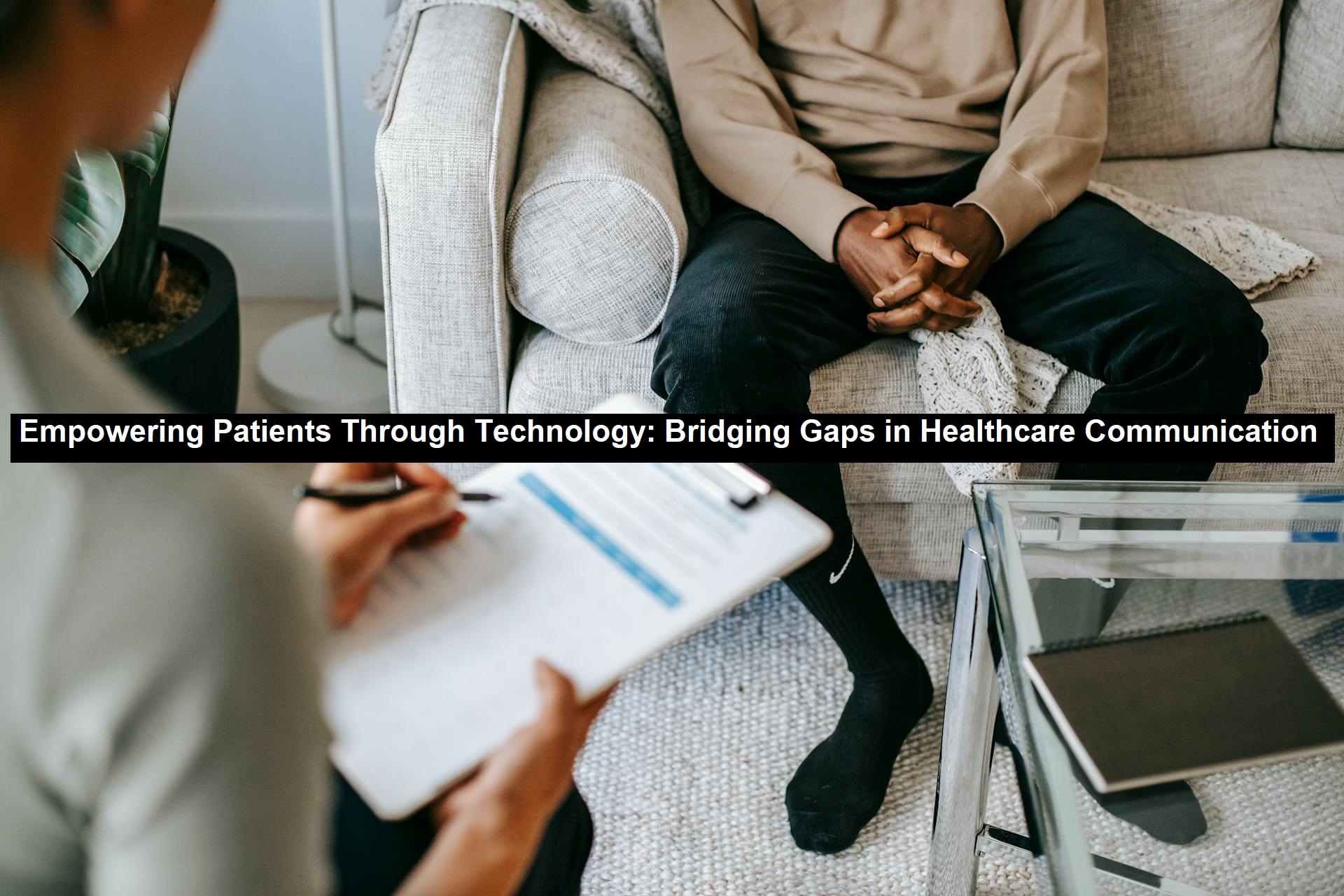Empowering Patients Through Technology: Bridging Gaps in Healthcare Communication
The doctor-patient relationship, essential in medicine, often endures for years, deeply affecting patient satisfaction. As patient expectations shift, technology is increasingly vital in enhancing their engagement with healthcare providers. Many now prefer to search for doctors, schedule appointments, and manage symptoms online, revealing a need for improved communication, support, and user-friendly tools that is yet to be fully met.
In response, technological innovations are bridging these gaps, enhancing patient engagement in several ways. Automated platforms, like apps that send reminders via text or email, keep patients informed about screenings and health updates, boosting their sense of connection. Additionally, technology allows providers to segment patients by age or health conditions, ensuring the delivery of personalized information. Telemedicine, now a common option, offers the convenience of virtual visits, making healthcare accessible from home or work.
Read: 7 Signs You Need a Wheelchair
Empowering patients through technology to monitor and manage their health can lead to better outcomes. Apps that aid in medication management support prescription adherence, while mobile health devices enable symptom tracking and data sharing with physicians. These advancements not only strengthen patient-provider engagement but also enhance the efficiency of healthcare providers, freeing them to focus more on patient care. Embracing digital tools gives patients more control over their health, potentially leading to improved medical results.
Six Ways To Improve Patient Engagement, provided by Specialdocs Consultants, an organization specializing in concierge medicine services
To explore more about patient engagement and strategies for its enhancement, please consult the resource highlighted alongside this post.

